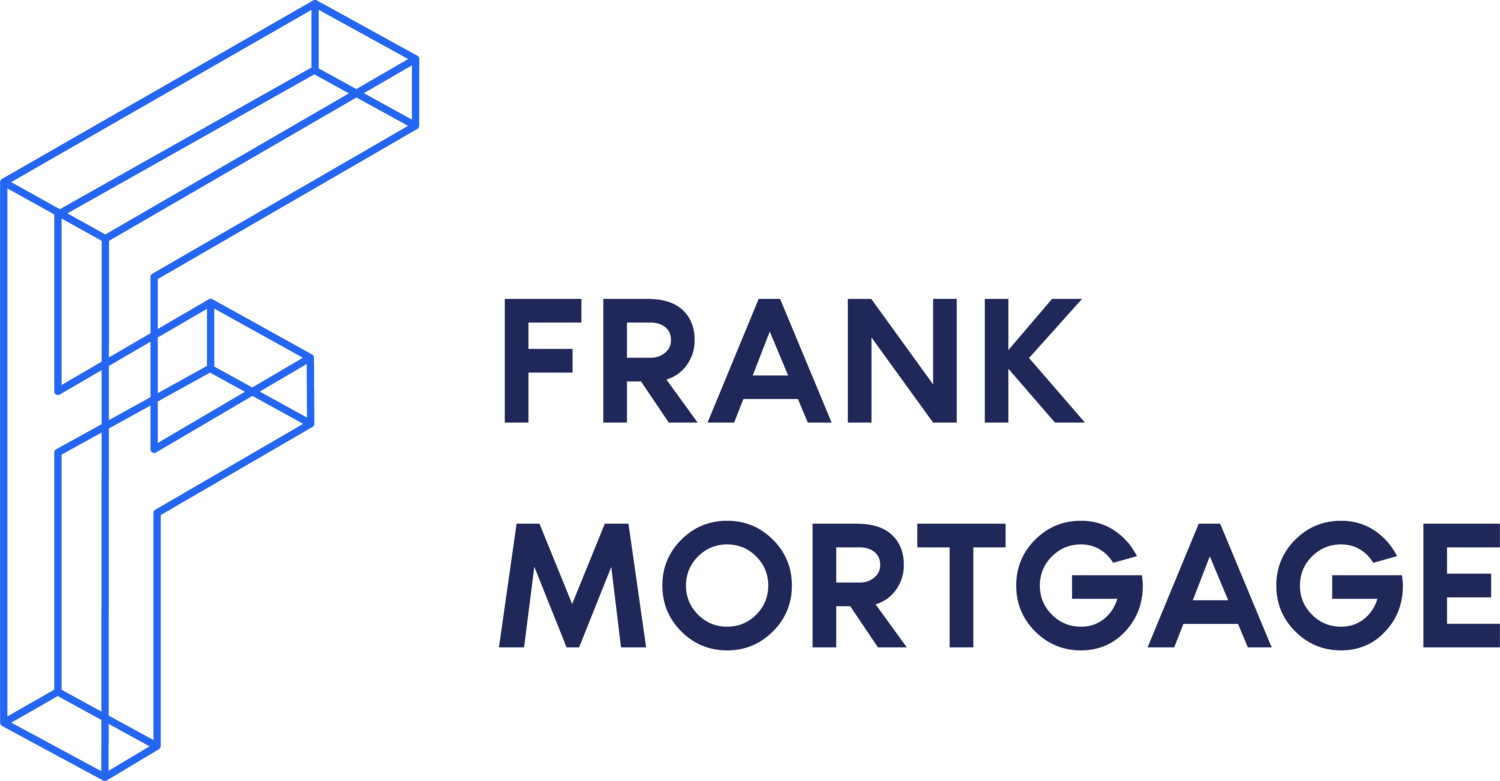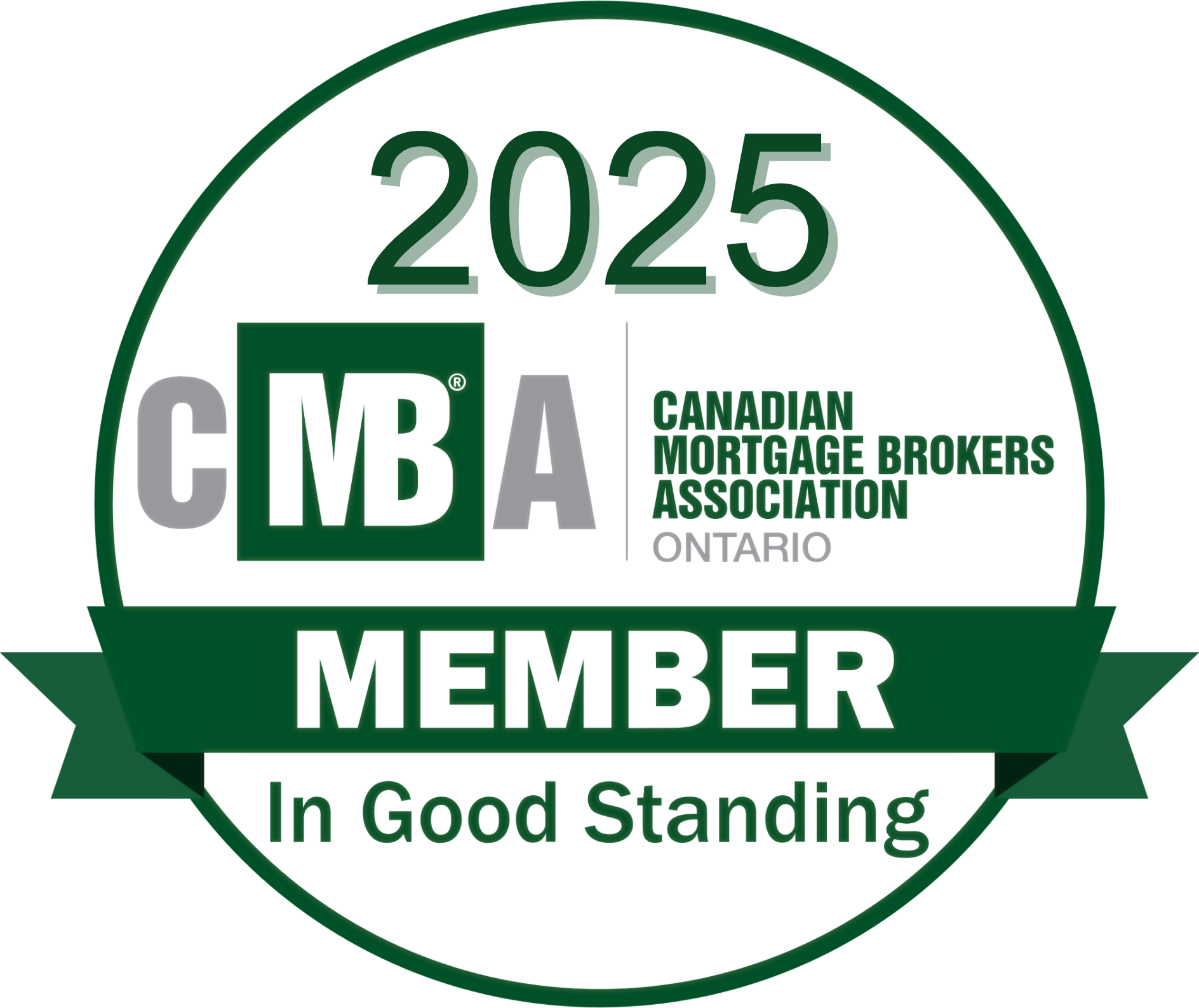Prepayment Penalties
So you want to speed up your mortgage repayment? It’s important to know that, unless you have an Open Mortgage, penalties are charged if you prepay more principal than is permitted by the Prepayment Privilege in the mortgage contract. The amount of the penalty charged depends on many factors including:
- the type of mortgage;
- the amount you want to prepay (or pay off early);
- the number of months left until the end of your Mortgage Term;
- interest rates;
- the Lender’s method of calculation.
For Variable-Rate Mortgages, the prepayment penalty is usually three months of interest on the balance owing. For Fixed Rate Mortgages, the prepayment penalty is usually the greater of i) three months of interest on the balance owing, or ii) the Interest Rate Differential (or IRD).
The Interest Rate Differential may matter if the interest rate on your Mortgage is higher than the equivalent current mortgage rate offered by the Lender.
There is no one market standard calculation of the IRD but it is used to assess the difference between the amount of interest that would be collected using the existing rate on your Mortgage and the current Lender mortgage rate for the term remaining of your Mortgage.
The calculation can vary between Lenders so it’s a good idea to review your mortgage contract in order to understand how it is calculated by your Lender. The differences between Lenders are most often due to:
A. differences in the rate they use for your current contract:
- Some use the posted rate at the time you signed your mortgage contract;
- Some use your current rate or discounted rate as described in your contract (more favorable for the Borrower)
B. differences in the rate they use for the Lender’s current market rates:
- Some use the current posted rate for a term with a similar length (more favorable for the Borrower);
- Some use the current posted rate for a term with a similar length minus the discount you obtained on your current Mortgage.
Let’s look at an example:
- You have a $200,000 mortgage with a 5 year original term and 4% interest rate. You have 2 years remaining on your term. The current posted bank rate for a 2 year mortgage term is 3% with 2 years remaining The differential is 1% (4% – 3%)
- The IRD penalty will be calculated at 1% of $200K for 24 months – which is equal to $4,000. If this amount is greater than 3 months of interest on the mortgage, then the IRD needs to be paid by the Borrower to compensate the Lender for the lost interest income they will incur if the Borrower prepays the mortgage.
About The Author

Don Scott
Don Scott is the founder of a challenger mortgage brokerage that is focused on improving access to mortgages. We can eliminate traditional biases and market restrictions through the use of technology to deliver a mortgage experience focused on the customer. Frankly, getting a mortgage doesn't have to be stressful.
Related Posts






